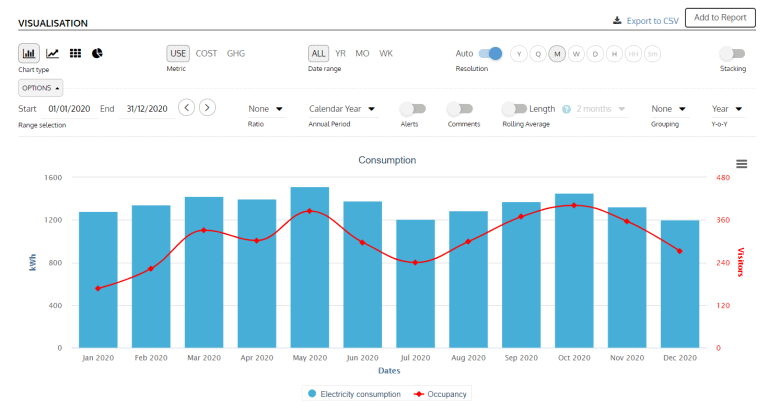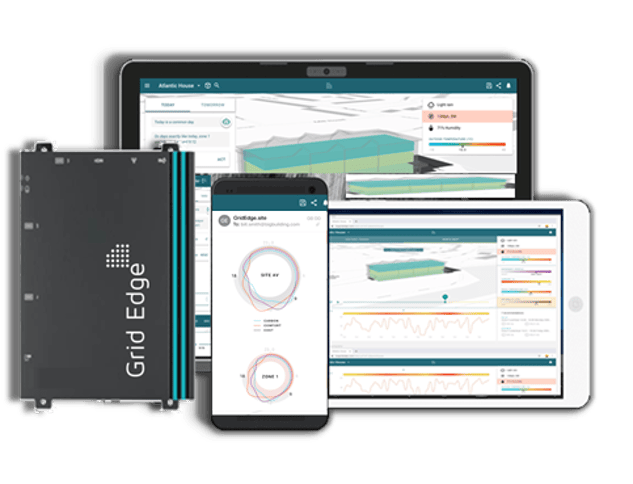A smart socket to reduce emissions

Problem Addressed
The built environment is directly responsible for 25% of UK emissions, lifting to 42% if you include surface transport, and is a significant source of wasted energy – energy that is not being utilised which continues to contribute to GHG emissions and electricity bills. According to measurable.energy, plug sockets can account for as much as 40% of a total building’s energy use, half of which is completely wasted energy from idle devices that have been left on.
Case Study
The system has been installed in a number of different commercial buildings with companies including Kier, Stantec, Yugo, Reading University, Reading Council, Chaucer, Huckletree, Darke&Taylor, Sky and Capgemini.
Kier installed across 37 sockets in two construction site cabins, costing approximately £1,300 for a whole year. This saved them 15,200 kWh which equated to £5,900 off their electricity bill and 2.7 tonnes of avoided CO2 emissions. They achieved full system payback in 3 months. As they now own the hardware, their Year 2 cost is a subscription of £555.
Facts and Figures
This page presents data, evidence, and solutions that are provided by our partners and members and should therefore not be attributed to UKGBC. While we showcase these solutions for inspiration, to build consensus, and create momentum for climate action, UKGBC does not offer commercial endorsement of individual solutions. If you would like to quote something from this page, or more information, please contact our Communications team at media@ukgbc.org.
Related
BlockDox

CIM PEAK Platform

Fabriq OS

Grid Edge

